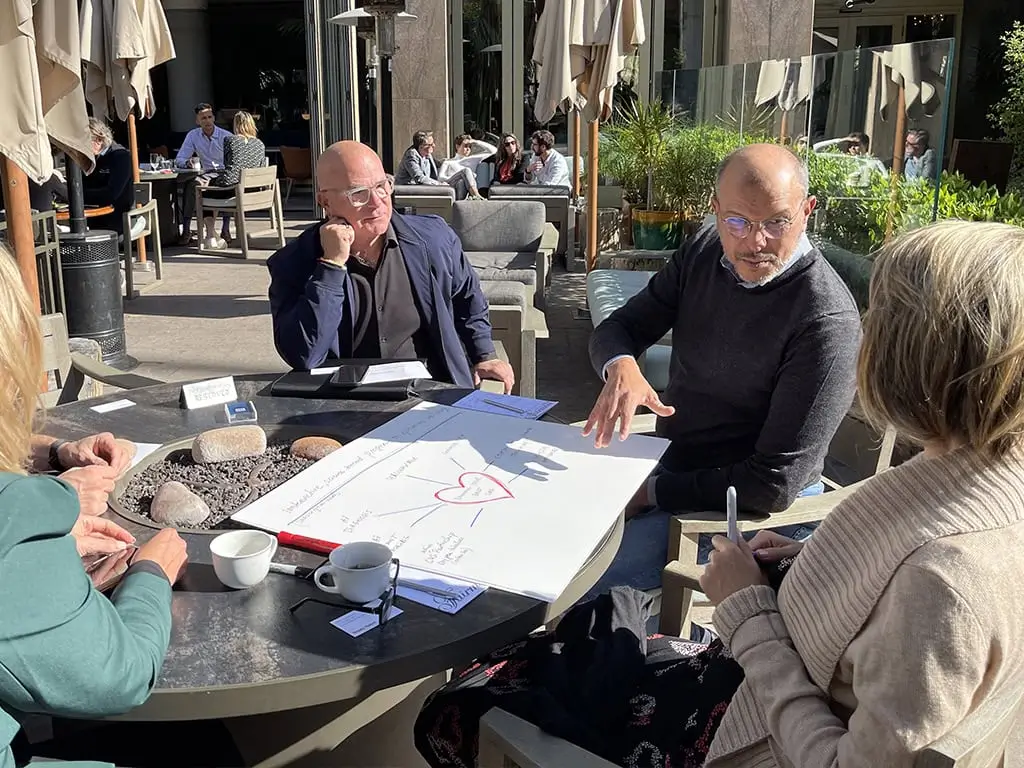A thriving wellness community offers emotional support, accountability, resource sharing, and a sense of belonging, creating powerful collective momentum for individuals and businesses in the wellness industry.
Introduction
In a world where people increasingly feel isolated, the wellness industry is shifting toward collective, community-based experiences. Like Gen Z’s luxury wellness spaces, wellness hubs and clubs showcase how belonging is now as vital as any fitness or treatment service.
This article explores why the power of community wellness matters more than ever, what benefits it brings, and how brands can foster meaningful industry community building wellness.
At INNOCOS Events, we champion communities as catalysts for wellness innovation and lasting influence.
Why Wellness Communities Matter
1. Emotional & Mental Well‑Being
A strong sense of belonging enhances mental wellness—those feeling isolated are nearly 5 times more likely to report poor mental health. Communal rituals, shared health goals, and peer support help individuals feel connected and cared for.
2. Motivation, Accountability & Knowledge-Sharing
Community-based wellness fosters accountability: members encourage each other, share experiences, and collectively maintain momentum. Shared knowledge about stress reduction, fitness, or self‑care is a powerful resource.
3. Collective Resilience & Life Satisfaction
Living in wellness-focused communities—whether physical or online—supports resilience, long-term well-being, and overall life satisfaction.
Read more: How Wellness is Becoming a 360-Degree Industry
How the Industry Is Building Community
Wellness Clubs & Hubs
Brands are creating “third spaces” for holistic health—pilates, spa, meditation, and member events under one roof. Places like Hume or Remedy Place let people connect over shared wellness rituals.
Community Programs & Events
Community-driven wellness includes group fitness, mindful retreats, wellness forums, and digital meetups. These initiatives foster deep connection and shared growth.
Nature & Environment-Based Initiatives
Community gardens and urban green hubs bring mental and physical health benefits, lowering stress and boosting social cohesion.

Best Practices for Wellness Community Building
1. Create Safe, Inclusive Spaces
Communities thrive when people feel seen, heard, and valued. Provide accessible venues—physical or virtual—that welcome diverse participants.
2. Offer Shared Experience & Rituals
From weekly meditation to mentorship circles, shared activities foster belonging and trust.
3. Encourage Peer Leadership
Empower members to lead workshops, host meetups, or mentor newcomers. This builds ownership and strengthens connection.
4. Measure Impact
Use data and feedback to track health improvements, attendance, and satisfaction, mirroring community wellness studies.
5. Blend Digital & Physical Touchpoints
Support communities both online (forums, apps) and in person (events, wellness hubs) for continuous engagement.
Read more: Leadership Trends in Beauty and Wellness
Building Wellness Together: Top Community Questions
What is a wellness community?
A group focused on shared health goals, connection, and support—spanning fitness, mindfulness, nutrition, and more.
Why is community important for wellness?
Because belonging reduces stress, boosts mental health, and improves accountability and resilience.
How do wellness brands build community?
Through events, retreats, online platforms, peer mentorship, and shared wellness experiences.
Can nature help build wellness communities?
Yes—community gardens and green spaces are linked to lower stress and stronger social bonds.
What are examples of wellness hubs?
Spaces like Hume, Remedy Place, and community wellness hubs that integrate fitness, relaxation, education, and socializing.




